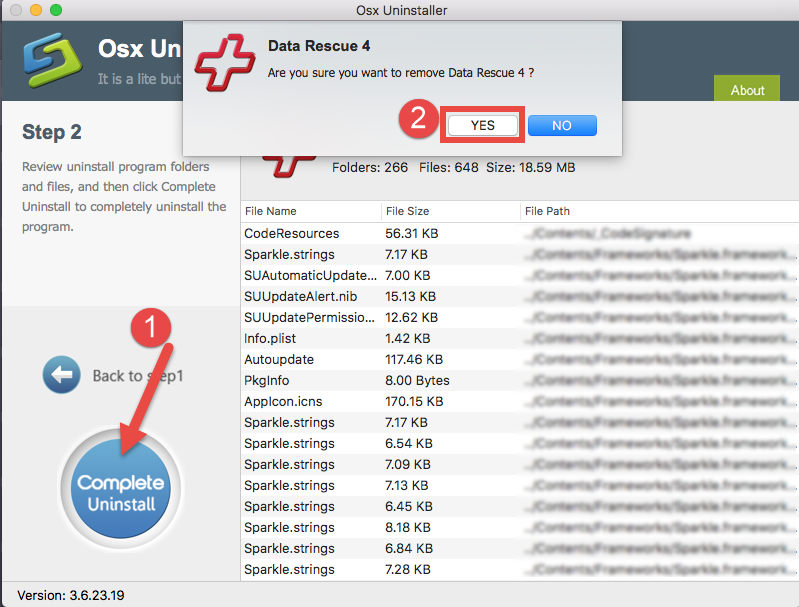
- Data rescue macintosh how to#
- Data rescue macintosh mac os#
- Data rescue macintosh install#
- Data rescue macintosh drivers#
- Data rescue macintosh software#
If you are wiping OS X from your system entirely, skip this section. If you desire to partition your hard drive so both OS X and Linux can co-exist, please read this section carefully. Unfortunately this program is commercial. If you are interested in dual booting your system, there is a Macintosh program capable of non-destructive partitioning called ipartition. All other disks are called "SLAVE" drives and cannot contain the primary operating system. The "MASTER" disk occupies the first disk drive port.
Data rescue macintosh install#
If you have a multiple hard drives in your system and you want to set Linux to be your default system, you must install it on the "MASTER" disk. Non-destructive partitioning is possible, but the common program used for this task, mac-fdisk, is not capable of it. Creating these partitions usually requires the destruction of all data on your hard drive. Installing Linux Setting up your Hard driveĪll Linux distributions require dedicated hard drive partitions. When it comes time to configure your kernel and set up your config files, this piece of paper will save your life. This list of system information will acquaint you with every single component in your computer. Export the system profiler information to a text file, then either email it to yourself (if you will have access to a computer during the install) or print it out. Clicking this button will launch the "Apple System Profiler" program. The screen that pops up will have a "More Info" button. Merely click in the upper-left-hand corner on the blue Apple-logo.
Data rescue macintosh mac os#
This is easy if you are still running Mac OS X. Knowing the difference between these cards can save you at least 12+ hours of pain, suffering, and frustration.įind out each and every detail about your hardware. Chances are that you do not know if your computer is using an ATI Rage or ATI Radeon graphics card at the moment and do not think the difference is important - you're incorrect.
Data rescue macintosh drivers#
The vast majority of installation-related heartache comes from one part of the process: installing the correct drivers and finding the right configurations for your equipment. If you are installing Linux on your only computer, be extra sure to have rescue CDs on hand and print out all pertinent documentation (like this page, and your distribution's installation guide) before you start installing. It is usually a good idea to keep another internet-ready computer around, so you can consult on-line documentation if your installation fails in any way. You can rescue your Mac from these discs if you need to.
Data rescue macintosh software#
Keep your Macintosh Software Restore or OS X Installation CDs handy. When booting Linux on any machine, make sure to back up all of the important data on your hard drive. This page is currently based on the author's experience installing Debian's 3.0 "Woody" release. The relative merits of each distribution are amply discussed elsewhere. Knoppix is currently working on a LiveCD distribution of its Debian-based distribution. The Gentoo LiveCD only works on New World machines to date. To date, only Gentoo has issued a working Live CD for PPC architectures. They have an active IRC support channel of #fedora-ppc on that deals with ppc specific issues. The Fedora Project recently released Fedora Core 4, which supports Linux running on both mobile, G4 and G5 architectures. Visit to find out more about their system.


The Yellow Dog Linux distribution is an Apple-oriented release of GNU/Linux based on the Red Hat and/or Fedora Core distributions. Many distributions provide PPC-specific installers: OS X runs on a BSD-derived open-source UNIX system called Darwin: the UNIX-style memory management insures that crashing programs will not affect the rest of the system.īefore Installing Linux Choose a distributionįirst, you must choose a distribution to use. Apple users may also have to go the extra mile to find programs compiled on PPC rather than x86 architectures, possibly even compiling the source code themselves.įor those users interested in using two operating systems, OS X is a fine choice. These docs do not usually cover issues having to do with running Linux on Macintosh hardware or running OS X and Linux side by side. Subsequently, many Linux docs are geared towards these users. GNU/Linux users mostly install their systems on PCs running Windows.
Data rescue macintosh how to#
3.2 How to install without a floppy drive.


 0 kommentar(er)
0 kommentar(er)
